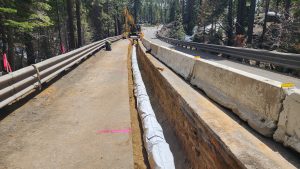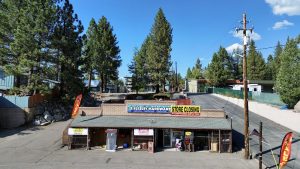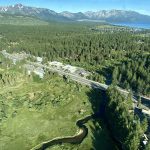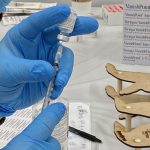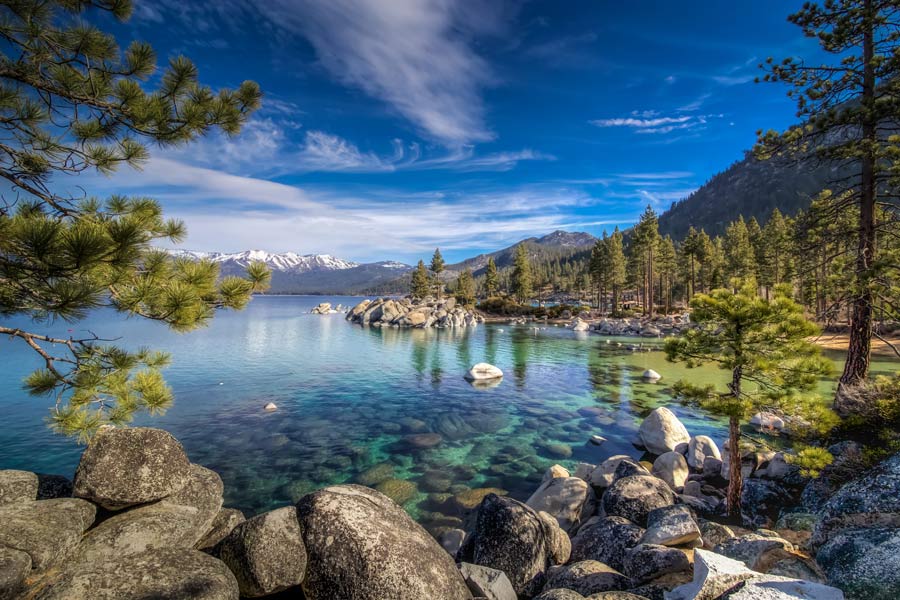Zephyr Height ‘Firewise Program’ demos defensible space tactics
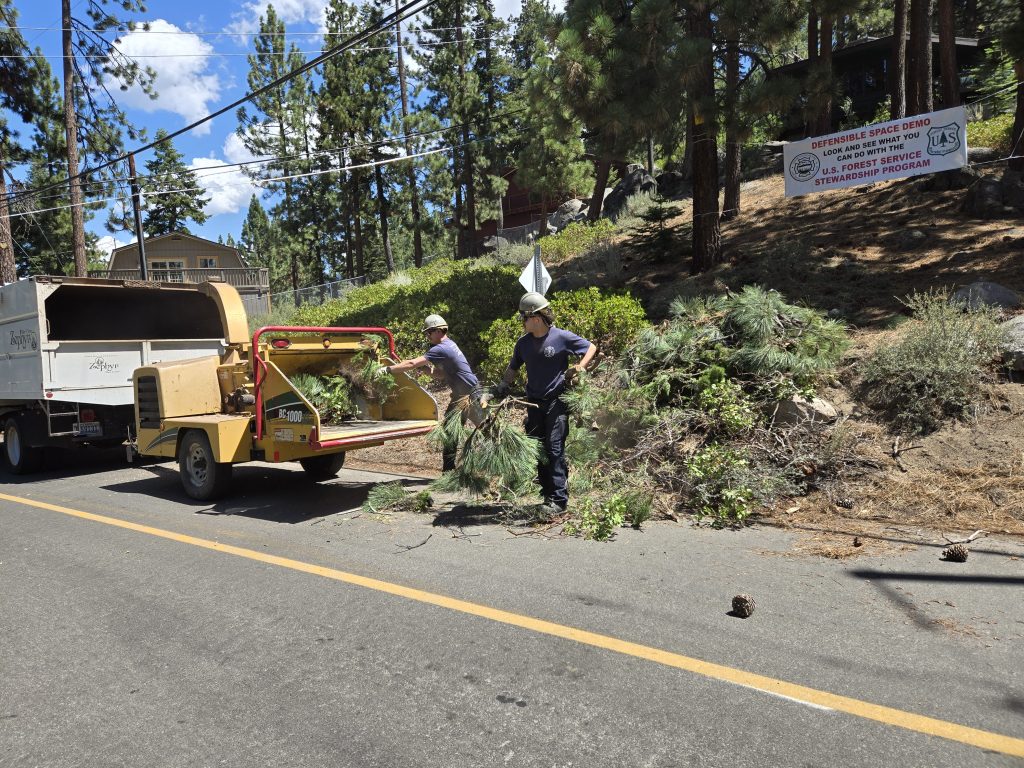
Provided by Lisa Hokholt
ZEPHYR COVE, Nev. – The Firewise and Fire Adapted Communities Program in Zephyr Heights held two community work days this week, in which volunteers and neighbors came together to create defensible space on two US Forest Service (USFS) lots.
The USFS issued permits for volunteers to manage the land across Monday and Tuesday, and the demonstration was in conjunction with the USFS Stewardship program. Tahoe Douglas Fire Protection District additionally provided the hauling and chipping services. In Zephyr Heights alone, there are about 50 USFS lots leased to private individuals, all of which would be at a high risk in the case of a fire.
“These two lots have been neglected for probably decades,” said Lisa Hokholt, the Firewise and Fire Adapated Communities Leader for Zephyr Heights, NV. “The needles and pinecones in some places were two feet thick.”
Defensible spaces garner community involvement
Defensible space is defined as a buffer zone around a structure, in which wildfire risk is reduced by managing and removing vegetation and combustible materials. Removing significant amounts of vegetation can create a barrier to slow the spread of wildfire, improve safety for firefighters and support easier evacuations.
Hokholt, who hosted the community work days, said people were “amazed” by the amount of progress made in such a short amount of time. Nineteen people attended Monday’s session and 10 on Tuesday, said Hokholt, who is a soil scientist by trade.
“We filled up 25 cubic yards of pine needles and cones,” she said. “It’s an incredible volume of material that we are taking out of this space.”
“We’re making little islands of brush. The idea is to keep the fire contained so if you have space between little islands of brush it will slow down the spread of a fire if one should happen to come through here,” Hokholt added.
Defensible is increasingly becoming a hot-button issue, particularly in remote, wildfire prone areas, including the Tahoe Basin. In May, Incline Village offered a demonstration including the debut of the BurnBot, and a remote operated masticator which can remove hazardous fuel sources up to five feet away from homes. They additionally debuted a new pilot project for wildfire prevention, the Incline Smart Community Pilot in the Tyrolian Village HOA.
Fears over insurance
Many of the latest pushes to improve vegetation management and garner community involvement are also fueled by fears over insurance companies leaving the basin. In the past year, multiple major home insurers have pulled out, both in California and Nevada, leaving homeowners uninsured or having to contract with new agencies. This, Hokholt says, is even leaving the question for some long-time residents over whether they should remain in the area or not.
“There was a seminar about a year ago with the Nevada Insurance Bureau and my husband said people were crying because, they said ‘I can’t afford to do this stuff (fire-proofing) and if I lose my insurance I can’t afford to keep my house, it’s too much of a risk.” Hokholt nearly lost her insurance on January 1, but was able to secure a new policy three weeks before the start of the year.
It is additionally becoming more difficult to get a policy in the basin, not just because of fewer insurers who will work in the region, but also because of higher standards to issue a policy. Instead of looking at just the homeowner’s property, evaluators now often examine the surrounding properties.
“If the adjacent properties don’t have defensible space, then they’re in a pickle because they have no control over other people’s properties. Because some people aren’t doing their due diligence then they’re losing their insurance or being threatened with losing it.”
For more information about creating defensible space, readers can refer to the University of Nevada Reno’s “Living with Fire Defensible Space Guide” or reach out to other Firewise program leaders in their area.

Support Local Journalism

Support Local Journalism
Readers around the Lake Tahoe Basin and beyond make the Tahoe Tribune's work possible. Your financial contribution supports our efforts to deliver quality, locally relevant journalism.
Now more than ever, your support is critical to help us keep our community informed about the evolving coronavirus pandemic and the impact it is having locally. Every contribution, however large or small, will make a difference.
Your donation will help us continue to cover COVID-19 and our other vital local news.

